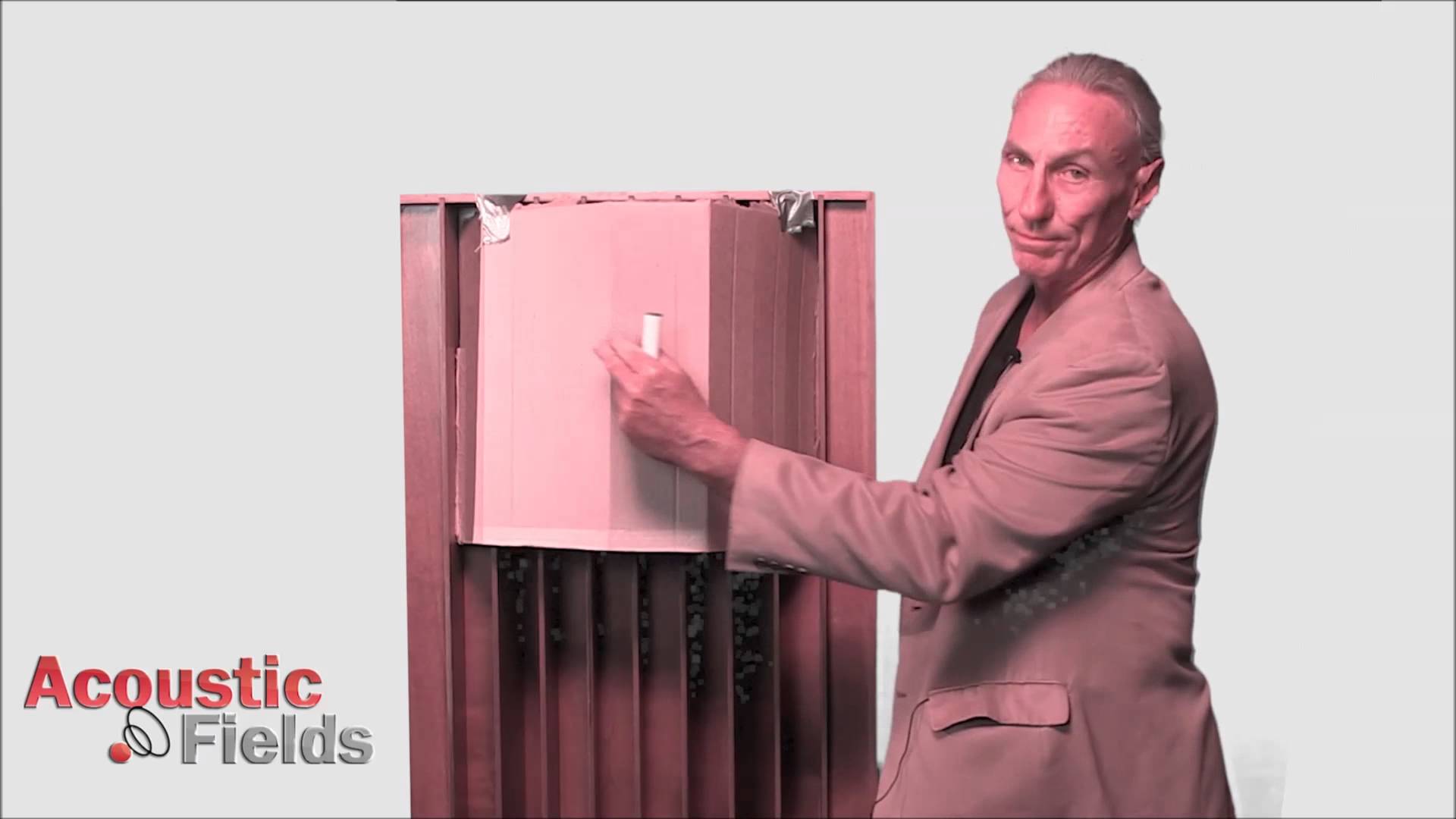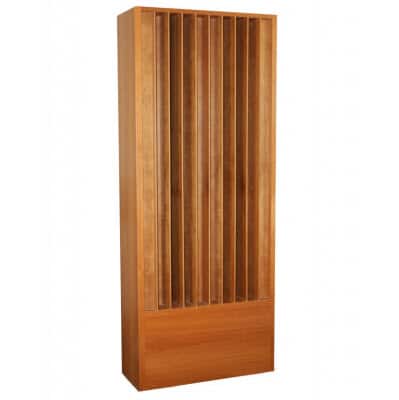Today we’re going to talk about the difference between sound redirection and sound diffusion. There are some major differences and we’re going to talk about those today.
Let’s talk about the five things that we need for a real diffused sound field to occur and once we go through these five I think you’ll have a pretty good idea of the difference between sound redirection and sound diffusion.
1. The first one is no frequency or spatial irregularities in that frequency response. You can’t have any peaks, can’t have any trough so no dips. Just a nice smooth frequency response curve.
2. Secondly the beats and the decay characteristics inside the room must be nice and smooth. Also there can’t be any hiccups so to speak, no dips in that.
3. Thirdly we must have the decay exponentially perfect. What does this mean? This means our logarithmic scale looks almost like a straight line. That’s a discussion for a whole other video so we won’t go into that today, but let’s just accept that as fact.
4. The fourth one is that the decay rate in every position of the room must be the same. We must have the same decay rate in every position of the room.
5. And the fifth term that we must meet for a true sound diffused field is that the reverb time in every position of the room must be the same.
So those five criteria must be met consistently if we’re going to have a true sound diffused field. Demonstrate the differences between sound redirection and sound diffusion. In the video above I inserted a piece a cardboard into an actual quadratic diffuser. The cardboard is roughly hemispherically shaped. So when sound energy strikes this it redirects itself in the opposite direction: angle of incidence equals angle of refraction.
Okay so that is what is currently in the market place in currently being marketed as a sound diffuser. The below photo shows a quadratic diffuser. This is a real sound diffuser that meets the five criteria that we was discussed in the first part of the video.
A sound redirection device does not meet which one of the five criteria? It does not meet criteria one, which is no frequency or spatial irregularities. Such a device will not do much with energy below 300 cycles. So already we have a device that cannot meet the first criteria of a diffused sound field. It can redirect energy that strikes it but it can’t really diffuse so this is a sound redirection device.
A quadratic diffuser on the other hand can meet all five of the criteria and the reason it can do that is because each well has a particular depth. Each well depth corresponds to a particular frequency and you can design a diffuser to cover any frequency range that you want.
So we have sound entering the diffuser and then spreading out in a fan like array into the room if you tilt the diffuser horizontally the sound would spread vertically. The above image is a vertical diffuser so the sound spreads out horizontally. With this device sound strikes it and goes in the opposite direction. So two different acoustical processes going on here but let’s keep the labeling correct. Let’s make sure you understand the definitions and enjoy the power of diffusion to its full extent.
In Summary
If you want to learn more about this subject please sign up for our free room acoustic treatment videos and ebook which provide step by step instructions on all major room acoustic issues. Get instant access by signing up now. If you would like your room acoustic issues analysed for free by me then please fill in the form here and I will be happy to take a look for you.
Thanks
Dennis









The discussion on ductwork noise transmission from Acoustic Fields highlights crucial aspects of HVAC system acoustics. The movement of air…
Great build plans. thank you Denis
You must use absorption. Never place a chair against a wall.
A friend and I built several diffusors using these plans and they turned out absolutely beautiful. Very good instructions and…